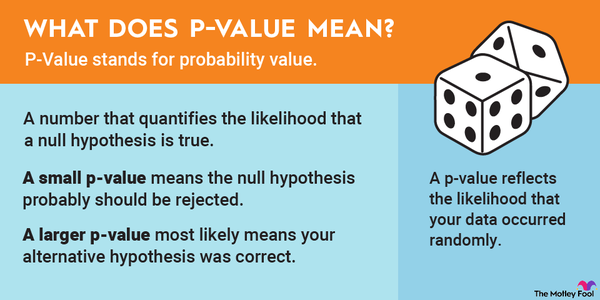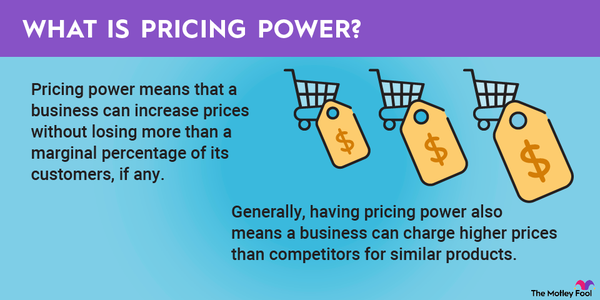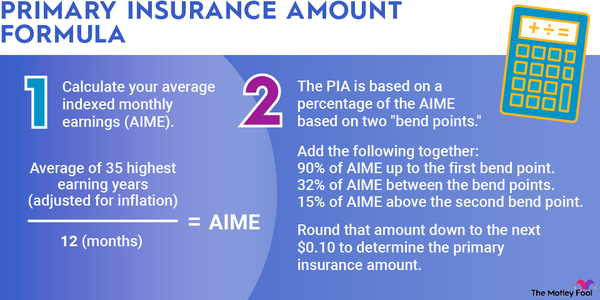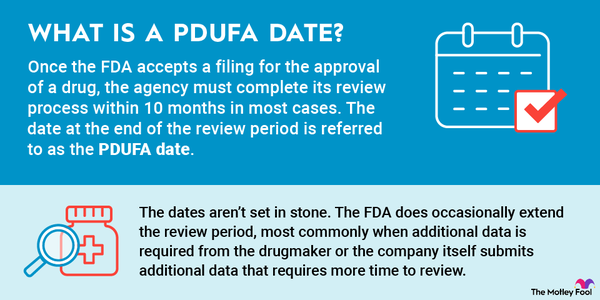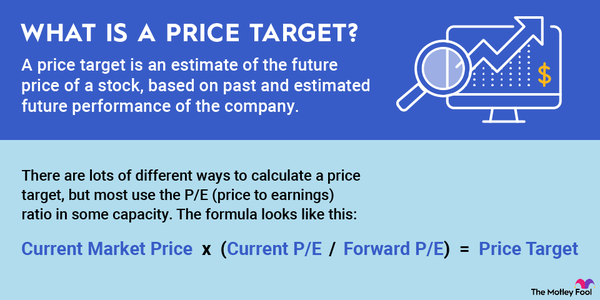Pro rata is a term used in finance to describe the practice of proportionally allocating a payment or charge. The term stems from Latin and literally translates to "according to the rate." You might encounter the term in many circumstances, but it generally means the same thing in every instance. You are being charged or compensated for just part of a whole.

Understanding pro rata
Understanding pro rata
While the term "pro rata" can pop up in a lot of different contexts, you'll most often find it in business and finance. When something is given pro rata treatment, every entity is treated equally relative to its part of the whole. That could appear in your mortgage origination, insurance, IRA conversion, or dividend payments, among many other situations.
While it might sound complicated, a few examples should show you it's not as involved as it may seem.
Pro rata examples
Pro rata examples
Here are two examples where you might encounter pro rata in your finances.
When you start a new mortgage or refinance an old one, you'll see a prorated interest charge on your mortgage disclosure. The lender typically calls it "prepaid interest." This prepaid interest charge is a prorated portion of one month's interest based on the number of days before your first mortgage payment is due.
For example, if you close your loan on the 21st of the month, 10 days before your first payment is due on the 1st of the next month, you'll owe 10 days worth of interest. If you had a 7% annual percentage rate (APR) on your loan, you'd owe about 0.19% of your loan amount in prepaid interest, or 10 days out of 365 days of interest.
Another example you might encounter is if you switch your insurance provider mid-cycle. If you prepaid for six months or a year of insurance and cancel before it's time to renew, you don't just lose the money. The insurance provider will provide a prorated refund of your premium based on the time left in the term. So, if you paid $2,400 for a year of home insurance and canceled two months before the term was up, you'd receive a $400 refund.
Annual Percentage Rate (APR)
How to calculate pro rata
How to calculate pro rata
Calculating a pro rata share or distribution is simple algebra. You just need to know the total number of items, days, or shares and the number of items, days, or shares you need to prorate. With those two data points, you can calculate the pro rata share of whatever's in question, such as prepaid interest or an insurance refund. You simply divide the number of items you want to prorate by the total amount.
For example, if a company issues 100 shares of stock and you own five shares, your pro rata share of the business is 5%. If the business made a profit of $100,000 and distributed all of it to shareholders, you'd receive $5,000 from the company.
You can do a similar calculation with something like a prorated rent payment. Let's say your rent is $2,000 per month and you move in on April 12. There are 30 days in April, but you'll only live in the apartment for 19 of those days. So, your pro rata share is 19/30, or 63.33%, and your landlord should ask for $1,266.67 (63.33% of $2,000) when you move in and then $2,000 on the first of the month.
Rule for IRA conversions
The pro rata rule for IRA conversions
A special example of pro rata in action is when you perform a Roth IRA conversion. If you're ineligible for a tax deduction for traditional IRA contributions and your income exceeds the limit for a Roth IRA contribution, you may want to use the backdoor Roth IRA. However, if you already have tax-deferred funds in an IRA, you may run into a rule called the pro rata rule.
Related investing topics
Under the rule, any amount converted from a traditional IRA is taxed on a prorated basis relative to whether the funds are tax-deferred or after-tax contributions. So, let's say you have $95,000 in a traditional IRA, all of which stems from tax-deductible contributions, and you want to use $5,000 to do a backdoor Roth.
After you make the contribution, you'll have $95,000 of tax-deferred funds and $5,000 of after-tax funds. Then, when you convert, you'll be subject to the pro rata rule. Of your conversion, 95% will be subject to taxes as a result. That's a situation you'll want to avoid because you'll end up paying taxes on an additional $4,750.












